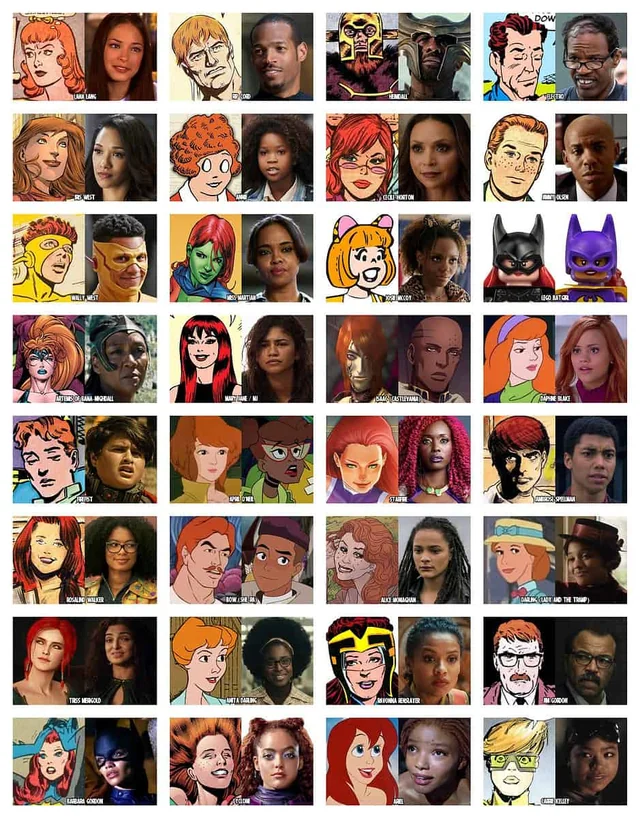The Duke of Sausages, swapping his royal duties for a role as the unlikely champion of ginger representation in cinema, has launched a fervent campaign decrying the underrepresentation of red-haired individuals on the silver screen.
Harry’s campaign, dubbed “Operation Ginger Justice,” aims to bring awareness to what he sees as a critical issue in the entertainment industry: the swapping of original ginger characters for people of color, ostensibly in the name of diversity quotas.
In a series of impassioned speeches, op-eds, and social media blitzes, Prince Harry has made his case. “For too long, the vibrant hues of ginger hair have been underrepresented, overshadowed, and outright replaced in our films and television shows,” Harry proclaimed from the steps of the British Film Institute wearing a “REDHEAD RECASTING IS WRONG” shirt. “Where once stood freckled, fiery-haired protagonists, we now see a rainbow of diversity that, while well-intentioned, erases the ginger identity.”

Critics argue that Prince Harry’s campaign is a misguided venture in an era where conversations about representation and diversity have taken center stage for more historically marginalized communities. Detractors accuse the prince of missing the larger picture, focusing on a superficial aspect of identity rather than engaging with deeper systemic issues of racial and cultural representation.
Supporters, however, see “Operation Ginger Justice” as a bold move to highlight an overlooked aspect of diversity. “It’s about representation,” says a self-proclaimed ‘Ginger Activist’ and fervent supporter of the campaign. “If we’re truly committed to diversity, shouldn’t that include all aspects of our identity, hair color included?”
The campaign has led to a series of bizarre yet eye-catching protests, including a march where participants donned wigs in various shades of red and held signs with slogans such as “Bring Back Our Gingers!” and “Justice for Ron Weasley!” The movement even proposed a ‘Ginger Quota’ for Hollywood, demanding that a certain percentage of roles, particularly those of historically ginger characters, be reserved for red-haired actors.
Hollywood executives, caught off-guard by this unexpected turn of activism, have largely remained silent on the issue, though rumors swirl of a secret meeting to discuss the feasibility of a Ginger Inclusion Rider.
In a particularly memorable moment, Prince Harry took his campaign to the Oscars, where he staged a protest by distributing ginger-colored ribbons on the red carpet. “Wear this in solidarity with gingers everywhere,” he urged A-list celebrities, some of whom sported the ribbons awkwardly, unsure of how to navigate the political minefield they suddenly found themselves in.
As “Operation Ginger Justice” gains momentum, the debate rages on. Is this a genuine call for inclusivity, or a misguided attempt to draw attention to an issue that pales in comparison to broader concerns of racial and cultural representation? Regardless, Prince Harry’s fiery campaign for ginger representation has certainly added a splash of color to the ongoing discourse on diversity in Hollywood.



